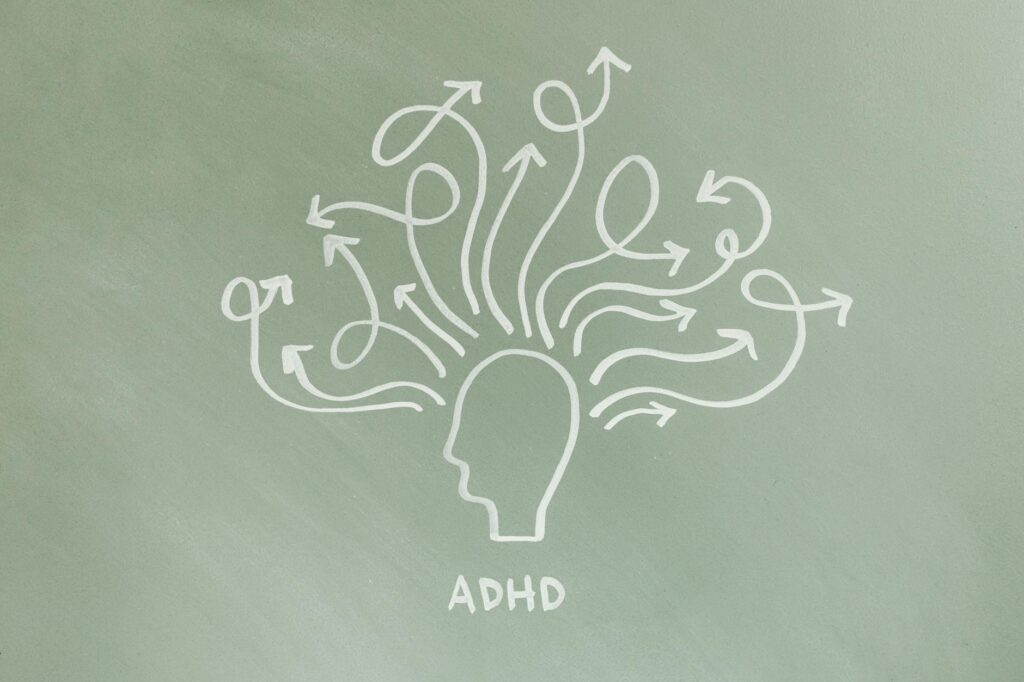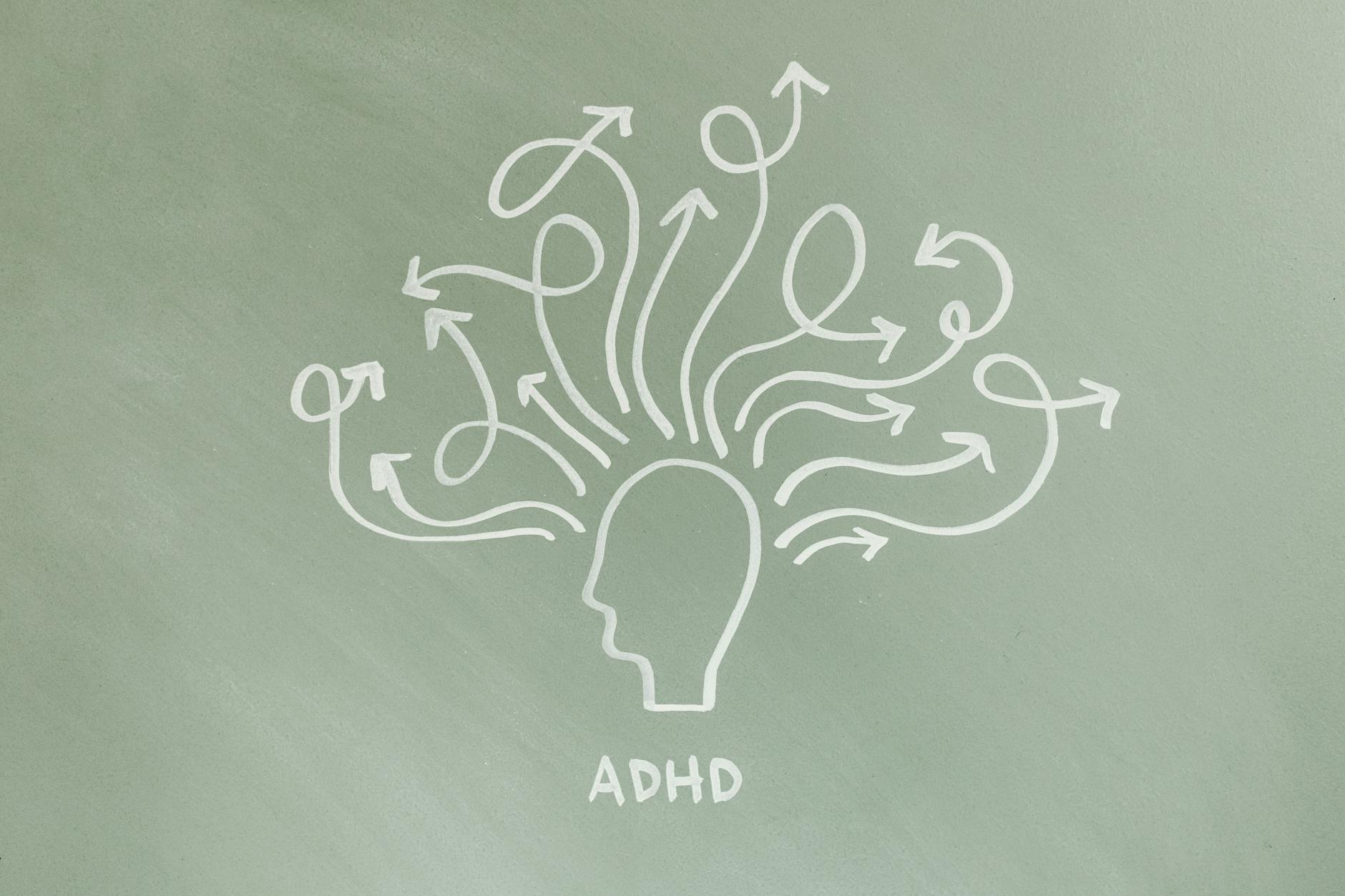What is visual learning?

What is visual learning?
Visual learning is a powerful approach that enhances our ability to comprehend and retain information through images, graphics, and other visual aids. This method can significantly impact our educational experiences, making learning more effective and enjoyable.
Understanding Visual Learning
Visual learning is a style of learning where individuals absorb information best when presented visually. This approach utilizes various visual aids, such as diagrams, charts, and videos, to support understanding and retention.
Definition of Visual Learning
At its core, visual learning involves engaging with content in a way that emphasizes visual elements. Whether it’s through images, infographics, or videos, visual learning helps clarify complex ideas by creating mental images that can be easily recalled later. As noted in the Top Hat glossary, visual learning facilitates communication of ideas through graphics and images, catering to learners who thrive on visual input.
The Science Behind Visual Learning
Research supports the effectiveness of visual learning. Studies have shown that incorporating visual aids into teaching can significantly enhance cognitive processes. For example, a study in the National Institutes of Health (NIH) found that creating visual explanations improves learning outcomes by enhancing spatial thinking skills, which are crucial in many fields of study (NIH article). This highlights how visual learning isn’t just a trend; it’s rooted in how our brains process information.
Benefits of Visual Learning
Visual learning offers numerous advantages, making it a valuable tool for various types of learners. Here are some key benefits:
Enhanced Memory Retention
One of the most significant advantages of visual learning is improved memory recall. When information is presented visually, learners can create mental images that help them remember the material long-term. This concept aligns with the findings from eLearning Industry, which states that visuals help store information longer and make communication quicker and more effective.
Increased Engagement and Motivation
Visual aids can make learning more engaging and motivating. Instead of just reading text, learners interact with colorful graphics, videos, and infographics that capture their attention. This stimulation can lead to a more profound interest in the subject matter, making it easier to stay focused and motivated throughout the learning process.
Accessibility for Different Learning Styles
Visual learning is particularly accommodating for various learning preferences, especially for visual learners. Many people process information better when they can see it represented visually rather than through text alone. This inclusivity makes visual learning an effective strategy for educators seeking to reach diverse student populations. For more insights on visual learning styles, you can explore the Houghton College resource.
Visual Learning Techniques
To harness the power of visual learning, several practical techniques can be employed. Here are a few effective strategies:
Infographics and Visual Summaries
Infographics are an excellent way to summarize complex information visually. They combine text and images to convey ideas clearly and concisely. Using infographics in your studies can make learning more enjoyable and easier to digest. Incorporating this technique can be a game-changer for students and professionals alike.

Photo by Tara Winstead
Mind Mapping
Mind mapping is a visual tool that helps organize thoughts and ideas. By creating a mind map, you can illustrate relationships between concepts, making it easier to understand and remember information. This technique is particularly useful for brainstorming sessions or preparing for exams, as it allows learners to visualize how different pieces of information fit together.
Videos and Visual Presentations
Incorporating videos into your learning routine can have a profound impact on your understanding of complex topics. Visual presentations not only explain concepts but also engage viewers by combining audio and visual elements. This multi-sensory approach can make challenging subjects more accessible and enjoyable.
Conclusion
Visual learning is a remarkable method that enhances comprehension and retention. By understanding how we process visual information, we can adopt various techniques that cater to our learning preferences. The benefits of visual learning—such as improved memory retention, increased engagement, and accessibility—underscore its importance in both educational and professional settings.
Incorporating visual learning into your study habits can create a more dynamic and effective approach to education. So, whether you’re a student, teacher, or lifelong learner, consider applying these visual techniques to enrich your learning experience.